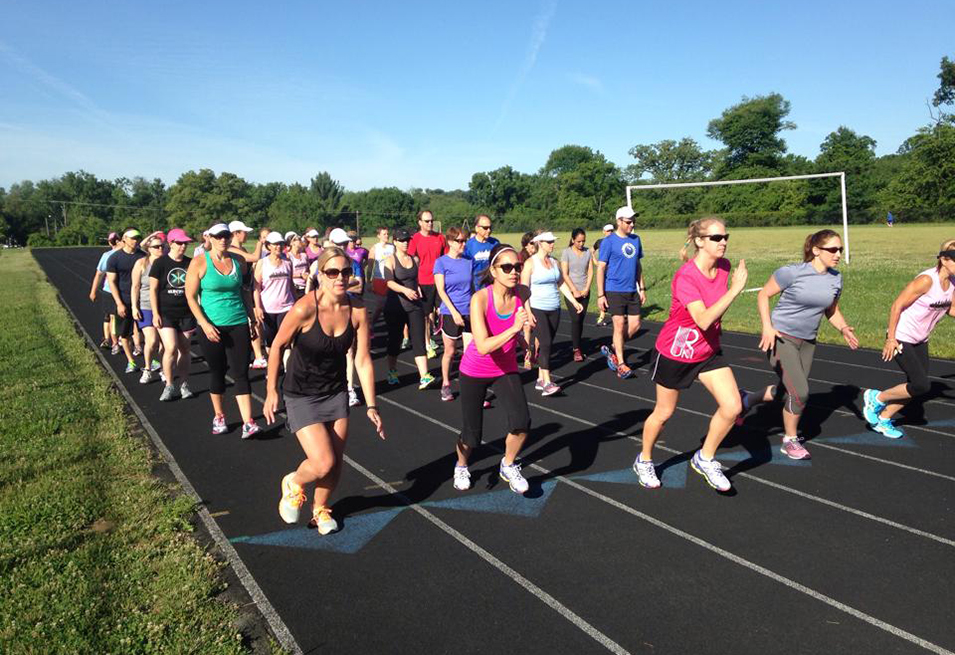“They don’t call the treadmill the ‘dread-mill’ for nothing,” says Lisa Reichmann, a running coach for Run Farther & Faster.
With the warmer weather, people are breaking a monotonous routine of running on a conveyor belt and making the switch to outdoor running. However, this transition can be discouraging for some. When you first start running outside, your pace can slow down, you may get tired faster, and you can push yourself too hard, ending up with an injury.
To make the switch easier, Run Farther & Faster coaches Reichmann and Julie Sapper tell runners to run for time, not miles.
“Do no more than 20 to 40 minutes on your first few outings,” Sapper says. “If you’re not used to outdoor running, start off slow with a running and walking combination and gradually build up from there.”
Reichmann emphasizes running at a conversational pace: “If you can’t talk comfortably and get out of breath when you’re running, you’re going too fast.”

To moderate your pace, Reichmann and Sapper suggest running with a friend. “Not only will you be able to tell when you’re going too fast,” Sapper says, “but you won’t be hyper-focused on the time or how many miles you’re running.”
Reichmann and Sapper also listed off five ways outdoor running is a healthier alternative to running on a treadmill:
Running outside is more realistic.
Races tend to be outdoors, regardless of the weather, so Reichmann and Sapper believe that outdoor running can better prepare you for unexpected obstacles.
“If you’re not used to running up hills, rain, or even a trail,” Sapper says, “then it can make races a lot harder on you. Running on a treadmill can’t prepare you for those race day surprises.”
Braving the elements can boost your confidence.
“Unless it’s not safe outside—like it’s icy, too cold, or it’s dark—then I actually encourage people to get outside in less-than-ideal weather,” Rechimann says.
Going for a run outside when it’s raining or beginning to flurry may not seem like fun, but it can actually boost your morale.
“If I know I can run through the rain or snow, then know I can do anything I set my mind to,” Sapper explains. “It’s the no excuse sort of attitude than can keep you going.”
You’ll get a healthy dose of vitamin D.
If you don’t get around 15 minutes of sun exposure each day, chances are, you might not be getting enough vitamin D. Even on a cloudy day, you can boost your vitamin D levels with a 15-minute run or walk outside.
It’s a good way to get some strength training in.
“You can get a great leg and core workout from running outside,” Reichmann says. “Because a treadmill is a flat surface, you don’t give your muscles a variety of ways to work. But when you’re running on different inclines, your legs and core need to work harder to keep your balance and pace.”
If you’re stuck inside and have to run on the treadmill, Reichmann and Sapper suggest gradually changing the incline settings on your treadmill. “If you run at a zero percent incline all the time, increase it to one percent for a few minutes, and then bring it back down,” Sapper says. “Sometimes people think they can do a high incline on the treadmill, but you can hurt yourself if you don’t take it slow.”
Outdoor running is prime thinking time.
“Running is very peaceful for me,” Sapper says, who began running during law school as a way to relieve stress. “I can think and relax. I tend to come up with some of my best ideas when I’m out for a run.”



















